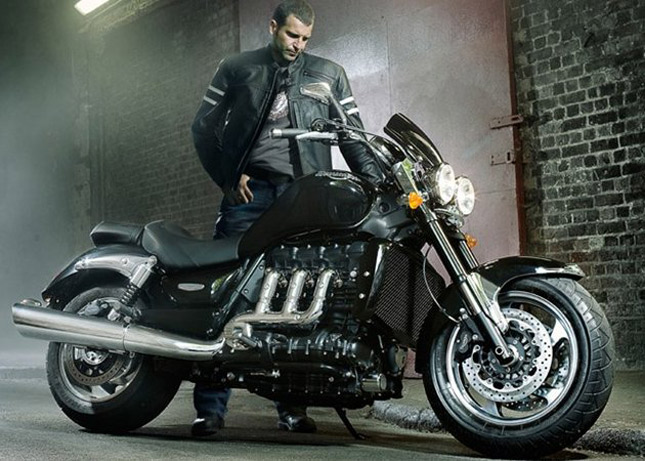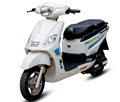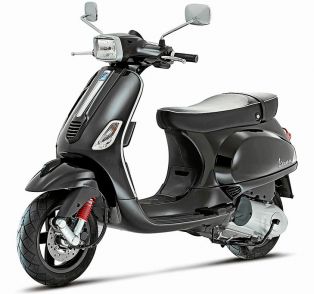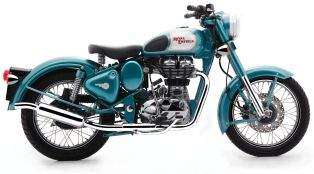 Pretty sure you have seen bikes of all engine capacities, from the 97cc commuters to litre class superbikes. There are even those that go up to 1500 to 2000cc engines on a motorcycle. But just having such a big engine does not mean they produce that much more power. But before going into all that, one has to understand what exactly is the cubic capacity or displacement of the engine and what does the figure actually means.
Pretty sure you have seen bikes of all engine capacities, from the 97cc commuters to litre class superbikes. There are even those that go up to 1500 to 2000cc engines on a motorcycle. But just having such a big engine does not mean they produce that much more power. But before going into all that, one has to understand what exactly is the cubic capacity or displacement of the engine and what does the figure actually means.Let’s consider a simple Yamaha R15. It has a 150cc engine and then there is the Yamaha R3 which has a 321cc engine. Now it is but obvious that the R3 is going to consume more amount of fuel and produce more power than the R15, but just the 321cc does not mean that. The actual question is where does the number 321 or 150 or 200 or 650 or 1000cc number come from?
READ MORE: The Inline-4 Car Vs Bike Engines- Similarities & Differences
The number is nothing but the engine capacity, i.e. the volume of fluid that can be accommodated inside the combustion chamber of a motorcycle. We all know that a motorcycle engine has a bore and stroke value. It is this value put inside a mathematical equation of:
 Here the length of the stroke is the distance between the Top dead center and the Bottom dead center. But that is not it. If this sounds too techy for you to understand then just remember that it is the amount of fluid that the combustion chamber can hold when the piston is at the bottom dead center or at the bottom most point of its cycle.
Here the length of the stroke is the distance between the Top dead center and the Bottom dead center. But that is not it. If this sounds too techy for you to understand then just remember that it is the amount of fluid that the combustion chamber can hold when the piston is at the bottom dead center or at the bottom most point of its cycle.If the engine is a multi-cylinder engine, then in that case the cc value is the combined amount of all the engines together. So if you think that a litre class engine takes up 1 litre of fuel in a combustion cycle then you are seriously misunderstood and it is actually a joke that we crack around here in the biking community to tease the superbike owners and their huge fuel bills.
 So as mentioned, the cc of the bike is the volume of fluids that the combustion chamber can hold at a time, but during a combustion cycle only fuel is not the thing required, but optimum amount of air is also needed to be pumped in for complete combustion of the fuel inside the chamber. This is the reason why if you have a 200cc bike that means during a combustion cycle the total amount of fuel and the equivalent amount of air to completely burn off the fuel totals 200cc.
So as mentioned, the cc of the bike is the volume of fluids that the combustion chamber can hold at a time, but during a combustion cycle only fuel is not the thing required, but optimum amount of air is also needed to be pumped in for complete combustion of the fuel inside the chamber. This is the reason why if you have a 200cc bike that means during a combustion cycle the total amount of fuel and the equivalent amount of air to completely burn off the fuel totals 200cc.READ MORE: Why 2-Stroke Engines Are More Fun Than 4-Stroke Engines?
For your information, CC stands for Cubic Centimeters. In some countries, it is also measured in CI or Cubic Inches, but its translation back in Metric system comes down to the same. So remember, the next time your parents tell you that your fuel bills will increase if you opt for a higher cc bike, you can give them this explanation and explain it to them that it does not matter as much.
By: Pratik Patole











